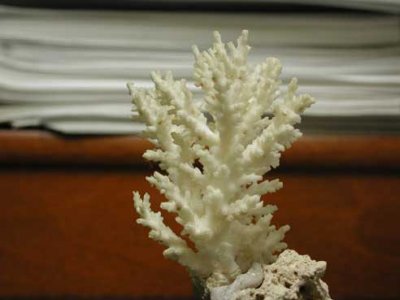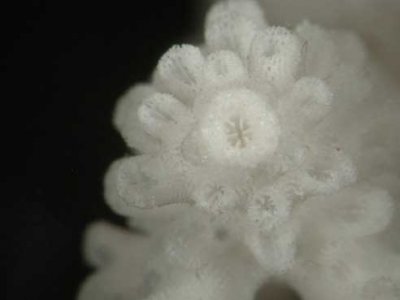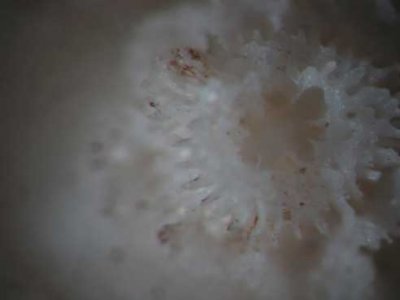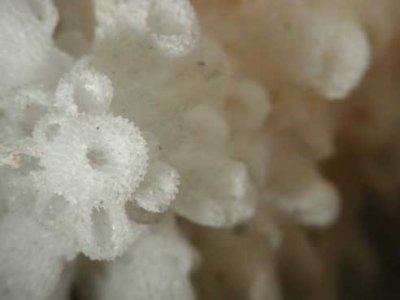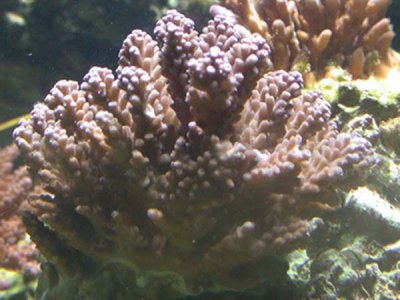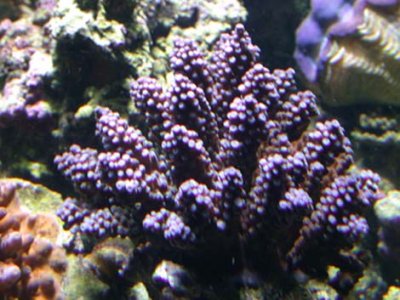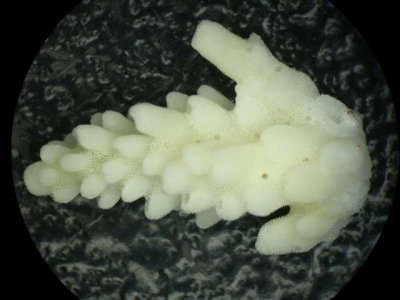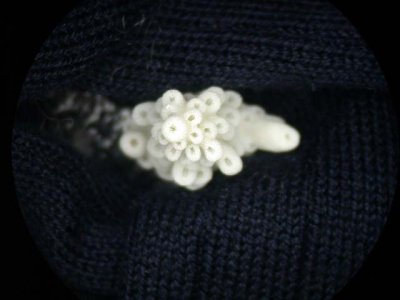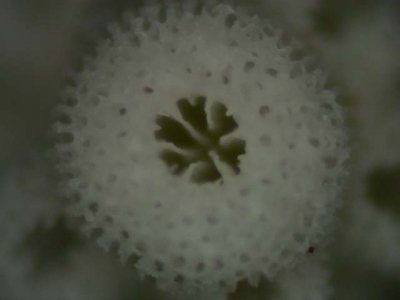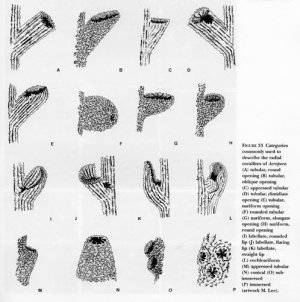You are using an out of date browser. It may not display this or other websites correctly.
You should upgrade or use an alternative browser.
You should upgrade or use an alternative browser.
Acropora ID mini-class
- Thread starter EricHugo
- Start date
saltyseaman
Premium Member
I'm with you!! Sounds like fun!! I would really like to see what these corals coming in from Bali labeled as "Echinata" truly are, or see what the ever so popular "California Acropora Tortuosa" truly is.
But ... I'm not quite sure if I wanna chop off and kill a potential trade yet. I think I wanna wait it out and see what some of the results are before I pull out the sodium hypochlorite.
How do you feel about extreme tardiness
But ... I'm not quite sure if I wanna chop off and kill a potential trade yet. I think I wanna wait it out and see what some of the results are before I pull out the sodium hypochlorite.
How do you feel about extreme tardiness
thanks JB...I'll keep going, and trust others are reading since the photos are getting plenty of downloads and the thread quite a few views.
Notice how many of the new photos I posted do not have two cycles of primary septa. Also a pain was trying to get the corals under the scope without snapping branches..which I had to do for a couple. I'm destroying my coral collection for you guys!
Some of these also have good photos of radials, which I will post information about tomorrow. This will be a longer lesson as there are lots of types of radials.
Notice how many of the new photos I posted do not have two cycles of primary septa. Also a pain was trying to get the corals under the scope without snapping branches..which I had to do for a couple. I'm destroying my coral collection for you guys!
Some of these also have good photos of radials, which I will post information about tomorrow. This will be a longer lesson as there are lots of types of radials.
EricHugo said:You guys still with me or am I just typing for nothing? If so, let me know, because I have lots of other things I could be doing....
here are some more images of axials and the corals they came from.
im with you, just trying to keep from crying as i take a wack at one of my corals
Jay
PS, thanks for doing this
@ Boomer, thanks for bringing this to my attention
Gary Majchrzak
Team RC
Eric, RC frowns on people just posting "tagging along".EricHugo said:You guys still with me or am I just typing for nothing? If so, let me know, because I have lots of other things I could be doing....
Great class. Thanks for taking the time to do this.
firefish15
New member
Hi Eric,
I took your Coral Biology class over at Reefs.org last year. I didn't have my tank set up at that time so could not do any of the labs. This is a great opportunity for me. The coral I'm trying to identify is a " Fancy Acropora" I bought at as a lfs. It was mostly brown at the time but changed into a real beauty after a few weeks. It's a small colony about 3" x 4" so I'm not sure of the growth form. It looks similar to yours which you describe as digitate and clump-like.
I took your Coral Biology class over at Reefs.org last year. I didn't have my tank set up at that time so could not do any of the labs. This is a great opportunity for me. The coral I'm trying to identify is a " Fancy Acropora" I bought at as a lfs. It was mostly brown at the time but changed into a real beauty after a few weeks. It's a small colony about 3" x 4" so I'm not sure of the growth form. It looks similar to yours which you describe as digitate and clump-like.
Attachments
firefish15
New member
firefish15
New member
firefish15
New member
firefish15
New member
MiddletonMark
Premium Member
How did you get those pictures? They're great.
Time to get on board.
Purple-Tip Acro, acquired by frag, not given species name [though likely what's often called A. nana]. If I had a photo of the mother colony [many years old] it probably would help a lot.
Anyway, photo of mother colony below:


With a small piece, it's hard to tell growth form ... but I'm thinking it looks like Wallace's `H' ... caespitose-corymbose.
Bleached frag is here [hopefully I don't need to frag again to get something more, but oh well, it'll just grow]:

Need to pick up batteries for my calipers tonight, jump on the corallites with even more added information to swim through
Time to get on board.
Purple-Tip Acro, acquired by frag, not given species name [though likely what's often called A. nana]. If I had a photo of the mother colony [many years old] it probably would help a lot.
Anyway, photo of mother colony below:


With a small piece, it's hard to tell growth form ... but I'm thinking it looks like Wallace's `H' ... caespitose-corymbose.
Bleached frag is here [hopefully I don't need to frag again to get something more, but oh well, it'll just grow]:

Need to pick up batteries for my calipers tonight, jump on the corallites with even more added information to swim through
Nice to see some more vicitims here.
So, as mentioned radial corallites typically form as buds from the axials and lie between and around them. By comparison with axials, radials are quite variable. Wallace notes that the terminology for them stems from Dana in 1846 and makes significant use of anatomical terms. The wall of the radials can be complete and tubular, or they can be incomplete, as though an incipient tube-like corallite was chopped off. In contrast to axials with their normally round openings, radials can have round, oval oblique or have an extra bit of skeleton lost at the outer and upper edge (dimidiate) or an extra bit added to the outer and upper edge. The latter case produces nose-like or nariform radial corallites. Additionally, the angle of the radials against the corallum or axial wall can vary from perpendicular (sticking straight out) to totally appressed. The shape of the corallites is also variable as will be seen in the idealized drawing below. As if this isn't enough, numerous variations may occur along a branch and within a colony. Gradations are common along a branch in many species. Radial corallites can also be dimorphic, with more that one type/size occurring on a colony. Finally, one must again consider the septa in each type of radial corallites, the same as with the axials.
It is probably helpful to look at many colonies to become more familiar with all the different sizes, shapes, types, and variations.
Whew. Now, let me post the image of radial corallites from Wallace, Carden C. (1999) Staghorn Corals of the World, CSIRO, Queensville. p. 55.
So, as mentioned radial corallites typically form as buds from the axials and lie between and around them. By comparison with axials, radials are quite variable. Wallace notes that the terminology for them stems from Dana in 1846 and makes significant use of anatomical terms. The wall of the radials can be complete and tubular, or they can be incomplete, as though an incipient tube-like corallite was chopped off. In contrast to axials with their normally round openings, radials can have round, oval oblique or have an extra bit of skeleton lost at the outer and upper edge (dimidiate) or an extra bit added to the outer and upper edge. The latter case produces nose-like or nariform radial corallites. Additionally, the angle of the radials against the corallum or axial wall can vary from perpendicular (sticking straight out) to totally appressed. The shape of the corallites is also variable as will be seen in the idealized drawing below. As if this isn't enough, numerous variations may occur along a branch and within a colony. Gradations are common along a branch in many species. Radial corallites can also be dimorphic, with more that one type/size occurring on a colony. Finally, one must again consider the septa in each type of radial corallites, the same as with the axials.
It is probably helpful to look at many colonies to become more familiar with all the different sizes, shapes, types, and variations.
Whew. Now, let me post the image of radial corallites from Wallace, Carden C. (1999) Staghorn Corals of the World, CSIRO, Queensville. p. 55.
Attachments
Last edited:
Similar threads
- Replies
- 1
- Views
- 605
- Replies
- 0
- Views
- 123
- Replies
- 6
- Views
- 3K

